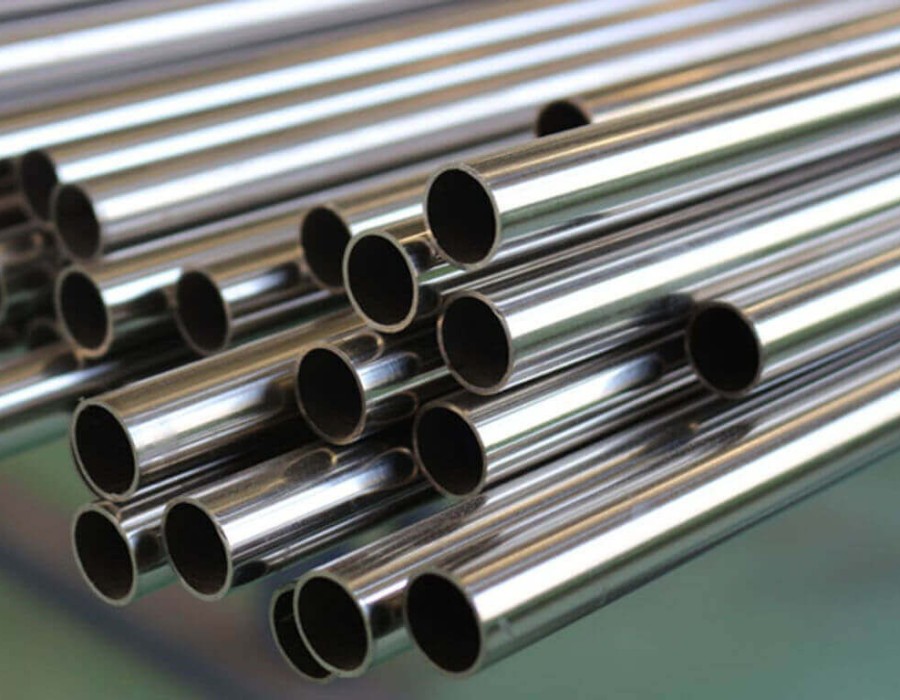Selecting the perfect Stainless Steel Pipe for your project may seem challenging, especially with the variety of options available. However, finding the right fit is crucial because it impacts the durability, performance, and cost-effectiveness of your work. Whether you're working on an industrial setup, plumbing, or structural support, understanding the essentials will help you make the best decision.
This guide breaks down the key factors to consider when choosing SS Pipes, making the process simple, straightforward, and stress-free.
Why Stainless Steel Pipes are a Popular Choice
Stainless steel pipes are widely used in various industries because of their strength, corrosion resistance, and versatility. They provide excellent performance in harsh environments and are suitable for applications ranging from chemical transport to construction.
With their sleek appearance and high recyclability, choosing stainless steel pipes is also an eco-friendly and aesthetic solution.
Factors to Consider When Choosing SS Pipes
1. Material Grade
Stainless steel comes in various grades, and these grades determine how well a pipe performs under specific conditions. The most common stainless steel grades for pipes include:
- SS 304: Known as "18-8 stainless steel," this grade offers excellent corrosion resistance, durability, and affordability. Ideal for general-purpose use and non-corrosive environments.
- SS 316: Contains added molybdenum, making it more resistant to chlorides and harsh chemicals, perfect for marine and industrial use.
- SS 321 or SS 904L: Tailored for extreme corrosion-risk environments, such as chemical plants or highly acidic conditions.
Choose a grade that matches your project's requirements, keeping in mind the exposure to moisture, chemicals, or high/low temperatures.
2. Application Type
Understanding the specific application of your pipe is crucial. Are you transporting fluids, gases, or solids? Will the stainless steel pipes be used indoors or outdoors, in corrosive environments, or under high pressure? Here’s a quick breakdown:
For Plumbing:
SS 304 Pipes are common due to their durability and cost-effectiveness for water transport.
For Industrial Applications:
SS 316 is preferred because it handles extreme conditions well, such as exposure to chemicals or elevated temperatures.
For Structural Support:
Stainless steel pipes with higher strength and oxidation resistance (like SS 304 and SS 316) are suitable for architectural purposes.
3. Pipe Finish and Aesthetics
Stainless steel pipes come in smooth and polished finishes, which affect both appearance and functionality. For decorative installations, polished pipes add a refined look. Industrial-grade finishes, on the other hand, may focus more on functionality rather than aesthetics.
4. Corrosion Resistance Needs
Not all stainless steels handle corrosion equally. If your project involves exposure to saltwater, harsh chemicals, or humid conditions, opt for grades like SS 316 or SS 904L. For standard environments, SS 304 is often sufficient.
5. Pipe Size and Thickness
When selecting the size and thickness of the pipe, consider factors like the type of material the pipe will carry, the pressure levels, and the flow rate required for your application.
- Thicker pipes are suitable for high-pressure systems.
- Narrow pipes are commonly used for plumbing or light transport systems.
6. Budget and Pricing
While it's tempting to opt for the cheapest options available, focusing on quality ensures long-term satisfaction. Higher-grade stainless steel pipes may have a higher upfront cost but significantly lower maintenance or replacement expenses over time.
7. Compliance with Standards
Ensure the pipes meet relevant international standards, such as ASTM or ANSI specifications. This guarantees the product’s quality, safety, and suitability for your project.
Benefits of Stainless Steel Pipes
Choosing stainless steel for your project comes with several advantages:
- Resistance to Rust and Corrosion: Ideal for environments with high moisture or chemical exposure.
- Longevity: Stainless steel pipes have a long lifespan, reducing maintenance costs and frequent replacements.
- Strength and Durability: Excellent performance under pressure, high temperatures, or heavy loads.
- Eco-Friendly: Stainless steel is 100% recyclable, which makes it sustainable.
- Aesthetic Appeal: Polished stainless steel offers a sleek and modern look.
With these benefits, stainless steel pipes remain the top choice for both industrial and commercial projects.
Common Applications of SS Pipes
Stainless steel pipes are used across industries thanks to their unique properties. Here are some of their top applications:
- Construction: Structural supports, handrails, and architectural designs.
- Plumbing Systems: Transporting water, gas, or oil efficiently and safely.
- Food and Beverage Industry: Ensuring cleanliness and safety in liquid or food processing systems.
- Chemical Processing Plants: Handling corrosive chemicals.
- Automotive Industry: Used in exhaust systems and heat-exchange units due to their strength and high-temperature tolerance.
- Medical Equipment: Stainless steel is safe for surgical and diagnostic instruments.
Final Thoughts
Choosing the right Stainless Steel Pipe for your project doesn’t have to be complicated. By understanding the material grades, application needs, and environmental factors, you can select the perfect option for your requirements.





Comments